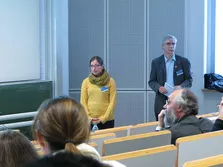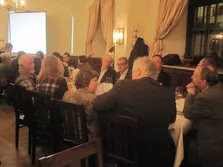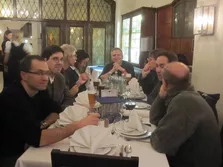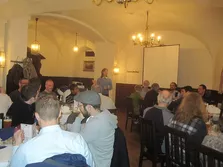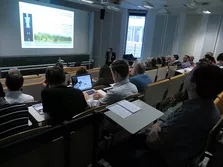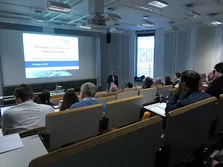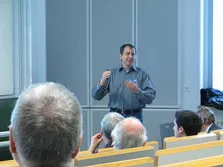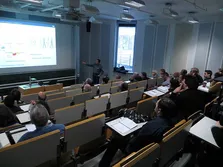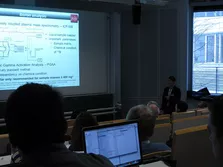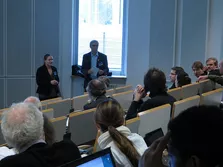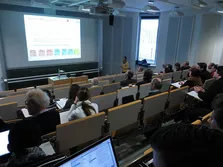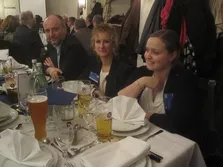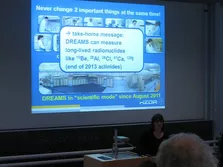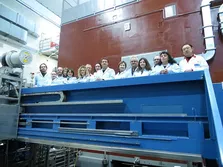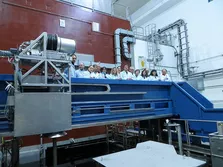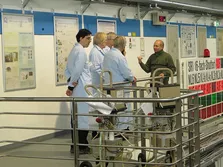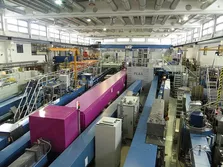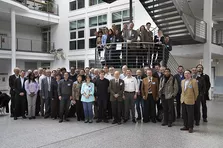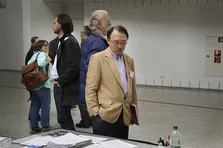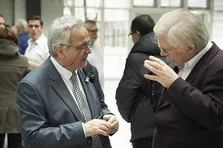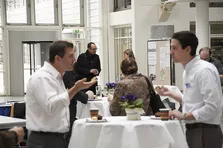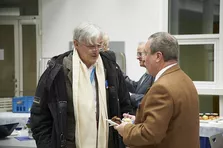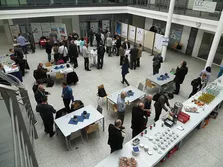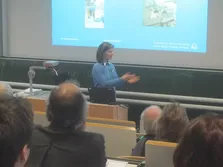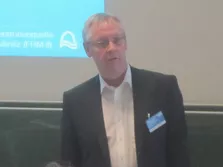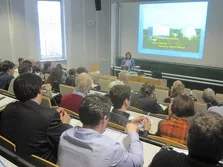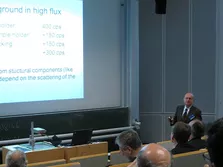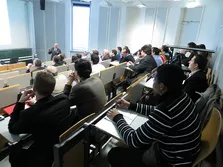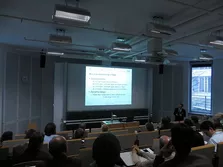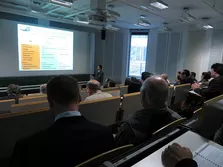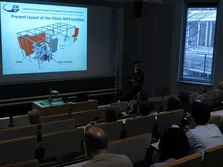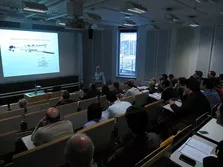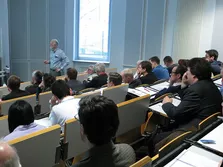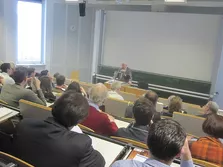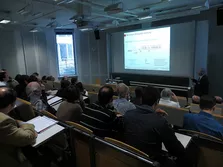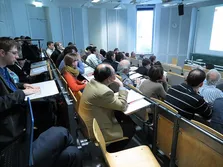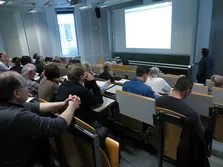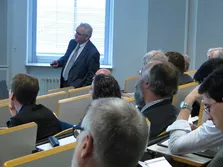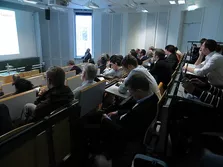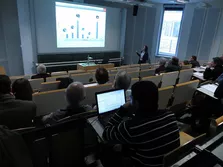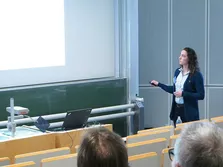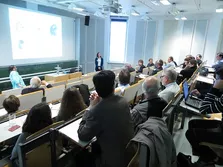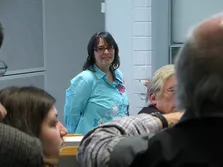SAAGAS24
Invitation
We would like to invite all colleagues working on the field of "Activation Analysis" as well as "Radiochemistry" in Germany, Austria and neighbour countries for an informal exchange of ideas and strengthening the cooperation. In particular, we would like to encourage young scientists to take this opportunity to introduce themselves to the community.
The workshop will be this time focused on the gamma-spectroscopy, which represents an important part of the activation analysis.
Invited speakers:
Bernhard Ponsard, Belgian Nuclear Research Center: 99-Mo supply status and perspectives
Dr. Richard Henkelmann, ITG Isotope Technologies Garching GmbH: 177-Lu production and use in nuclear medicine
Dr. Rolf Zeisler, National Institute of Standards and Technology, USA: Traceability of arsenic in fish tissues
Dr. Georg Steinhauser, Technische Universität Wien, Atominstitut: Carl Auer von Welsbach und das Neutron - eine unentdeckte Entdeckung
Tuesday, 26 February 2013: The registration will be open from 10 am on. Talks will be starting at 1 pm. The postersession and a welcome gathering is scheduled at 6 pm.
On Wednesday talks will be held in the morning and the afternoon before leaving to Munich downtown for the evening event.
The workshop will end around noon time on Thursday, 28 February. In the afternoon guided tours through the research reactor FRM II and the Department of Radiochemistry will be offered.
Field of Activity
- Neutron Activation Analysis (INAA, RNAA, DNAA, PGAA)
-
Charged Particle Activation Analysis (CPAA)
-
Photon Activation Analysis (IPAA, RPAA)
-
Radiochemical methods and techniques
-
Complementary analytical methods (AMS, AAS,IBA, MS, XRF, etc.)
and there use and development in the fields of
• Life, materials and geo sciences
• Medicine and Pharmacy
• Environemental analytics
• Archäometry and „Fingerprint“ techniques
• Forensic analytics
• Tracertechniques
• Radiochemistry
• Quality assurance, standartisation and zertificication of materials
• Methods, Instrumentation and theory
• Radiation detection and background suppression
• Environmental- and incorporation control, dosimetry
• Radiation protection
Contributions from other areas are welcome as well.
